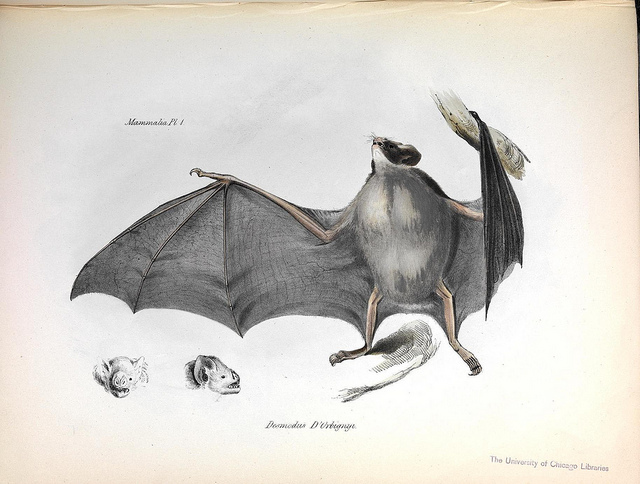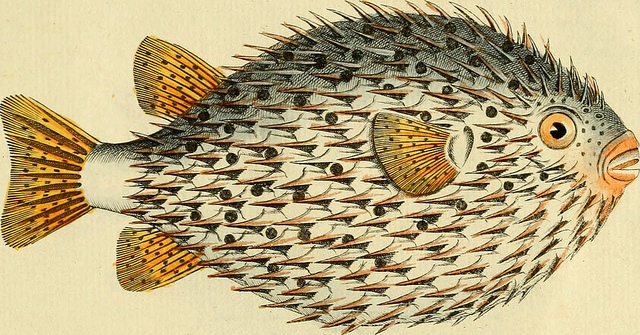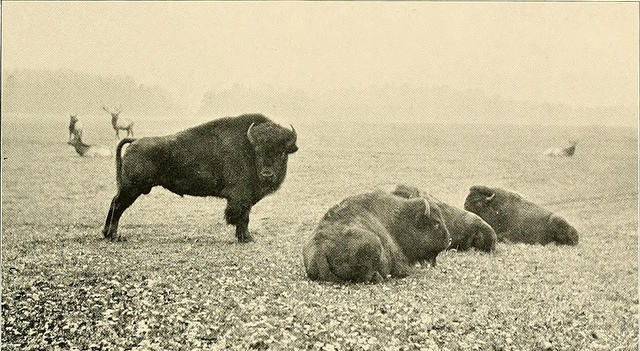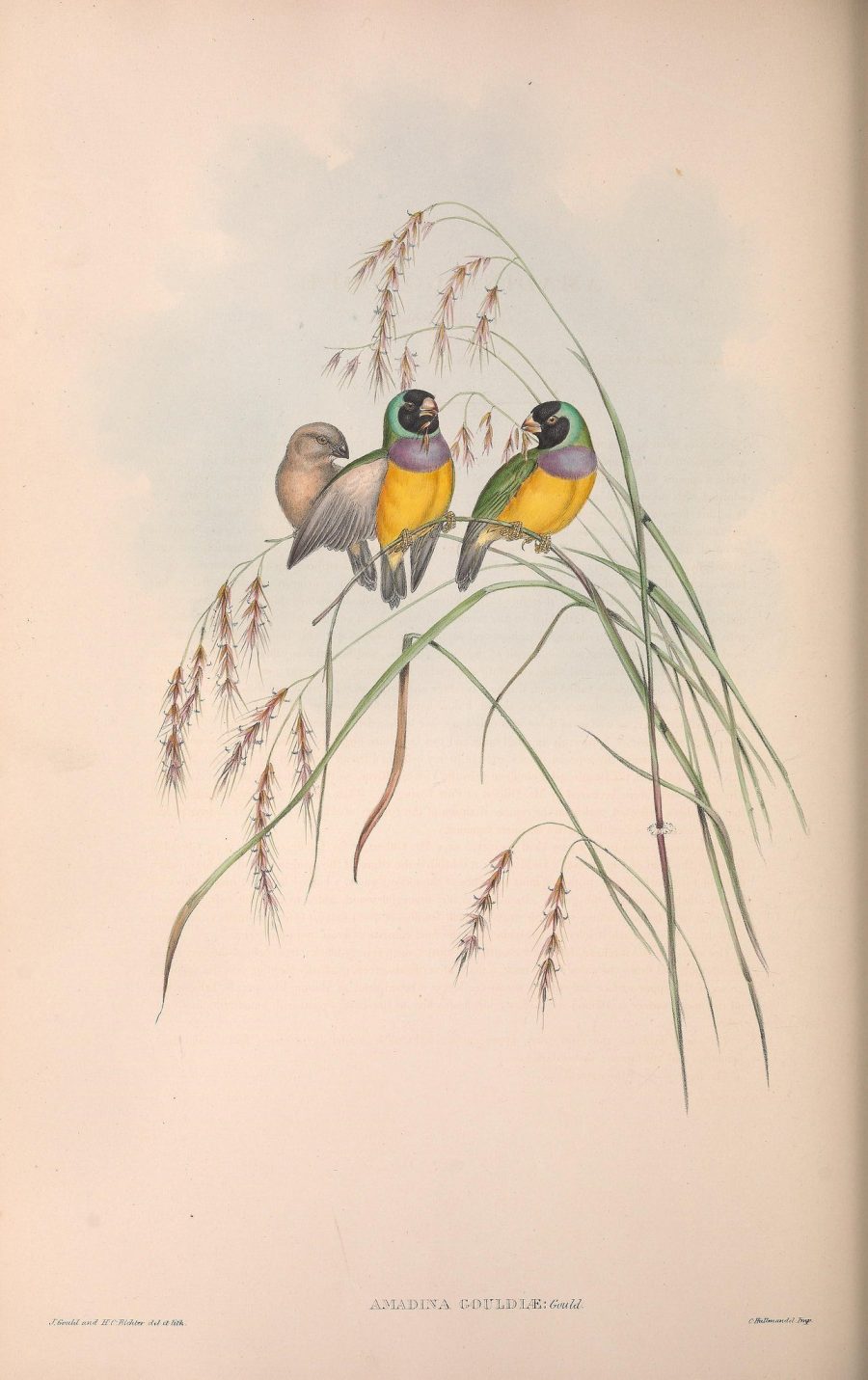
Are we truly in the midst of a human-caused sixth mass extinction, an era of “biological annihilation”? Many scientists and popular science writers say yes, using terms like “Holocene” or “Anthropocene” to describe what follows the Ordovician, Devonian, Permian, Triassic, and Cretaceous periods. Peter Brannen, author of extinction history The Ends of the Earth has found at least one scientist who thinks the concept is “junk.” But Brannen quotes some alarming statistics. Chilling, even. “Until very recently,” he writes, “all vertebrate life on the planet was wildlife. But astoundingly, today wildlife accounts for only 3 percent of earth’s land animals; human beings, our livestock, and our pets take up the remaining 97 percent of the biomass… almost half of the earth’s land has been converted into farmland.”

This state of affairs does not bode well for the millions of remaining species getting edged out of their environments by agribusiness and climate change. We learn from extinctions past that the planet rebounds after unimaginable catastrophe. Life really does go on, though it may take millions of years to recover. But the current forms of life may disappear before their time. If we want to understand what is at stake besides our own fragile fossil-fuel based civilizations, we need to connect to life emotionally as well as intellectually. Short of globe-hopping physical immersion in the earth’s biodiversity, we could hardly do better than immersing ourselves in the tradition of naturalist writing, art, and photography that brings the world to us.

The Biodiversity Heritage Library (BHL), an “open access digital library for biodiversity literature and archives,” has for many years been making it easy for people to connect to nature through nature writing and illustration. In 2012, they announced the “success story” of their Flickr streams, both containing thousands of illustrations and photographs uploaded by the BHL staff and readers from their huge collections of books.
The first stream, currently at 122,281 images, has been carefully curated, and includes searchable galleries and albums divided by book title or subject, such as “Exotic botany illustrated,” “The Birds of Australia v.1,” and “Bats!” The second stream, consisting of over 2 million images, is a massive grab-bag of photos, illlustrations from nature, advertisements, and imaginative renderings.

Though far less useful for the scholar—or the very purposeful user—this second photostream offers more potential for chance discovery, through the aimless wandering that often leads to serendipitously sublime experiences. The formal BHL stream does not disappoint, though it may offer fewer surprises. Both of these image archives offer expansive views of humanity’s encounter with the natural world, not only through statistics and academic jargon, but through the artistic recording of wonder, scientific curiosity, and deep appreciation.

Related Content:
Download for Free 2.6 Million Images from Books Published Over Last 500 Years on Flickr
Josh Jones is a writer and musician based in Durham, NC. Follow him at @jdmagness


Outstanding work with the BHL.
Delighted to see the images shared, but this statement gets multiple Pinnochios for missing qualifiers: “human beings, our livestock, and our pets take up the remaining 97 percent of the biomass… almost half of the earth’s land has been converted into farmland.”
My internal lie detector went off. A little digging found that changing this to “97% of mammalian biomass” and “40% of habitable land is farmland (including grazing pasture)” would have made the statements reflect scientific calculations. That’s a hugely different picture. Surely, a more accurate quote could have used to illustrate the magnitude of humanity’s effect on the planet.
Thank you KH for that clarification. Nice to see someone champion facts and science. How statistics are used to express concepts or facts, are everything.
Amazing Art Work from Prof Salman Raza zoologist
Prof Salman Raza Principal Government Degree Boys College 5L New Karachi Pakistan and Prof of Zoology
Prof Salman Raza Principal Government Degree Boys College 5L New Karachi Pakistan and Prof of Zoology World Renowned Zoologist 🇵🇰🇵🇰🇵🇰🇵🇰🇵🇰🇵🇰🇵🇰🇵🇰🇵🇰🇵🇰🇵🇰🇵🇰🇵🇰🇵🇰🇵🇰🇵🇰🇵🇰🇵🇰🇵🇰🇵🇰🇵🇰🇵🇰🇵🇰🇵🇰
I was just going through some old emails looking for art classes I’d signed up for and I found three or four Open Culture announcement emails from 2019.
(For example, I saved “In 1886, the US Government Commissioned 7,500 Watercolor Paintings of Every Known Fruit in the World” and “25 Million Images From 14 Art Institutions to Be Digitized & Put Online In One Huge Scholarly Archive.” )
I just followed one of the links today–I’m so glad I kept the emails. What a wonderful resource of all kinds of knowledge! So many different categories to choose from
Thank you! My husband just jotted down your website so that he can take a look at it. I’ll definitely be telling others about Open Culture.
Linda Swain
Thank you Linda!
Open Culture